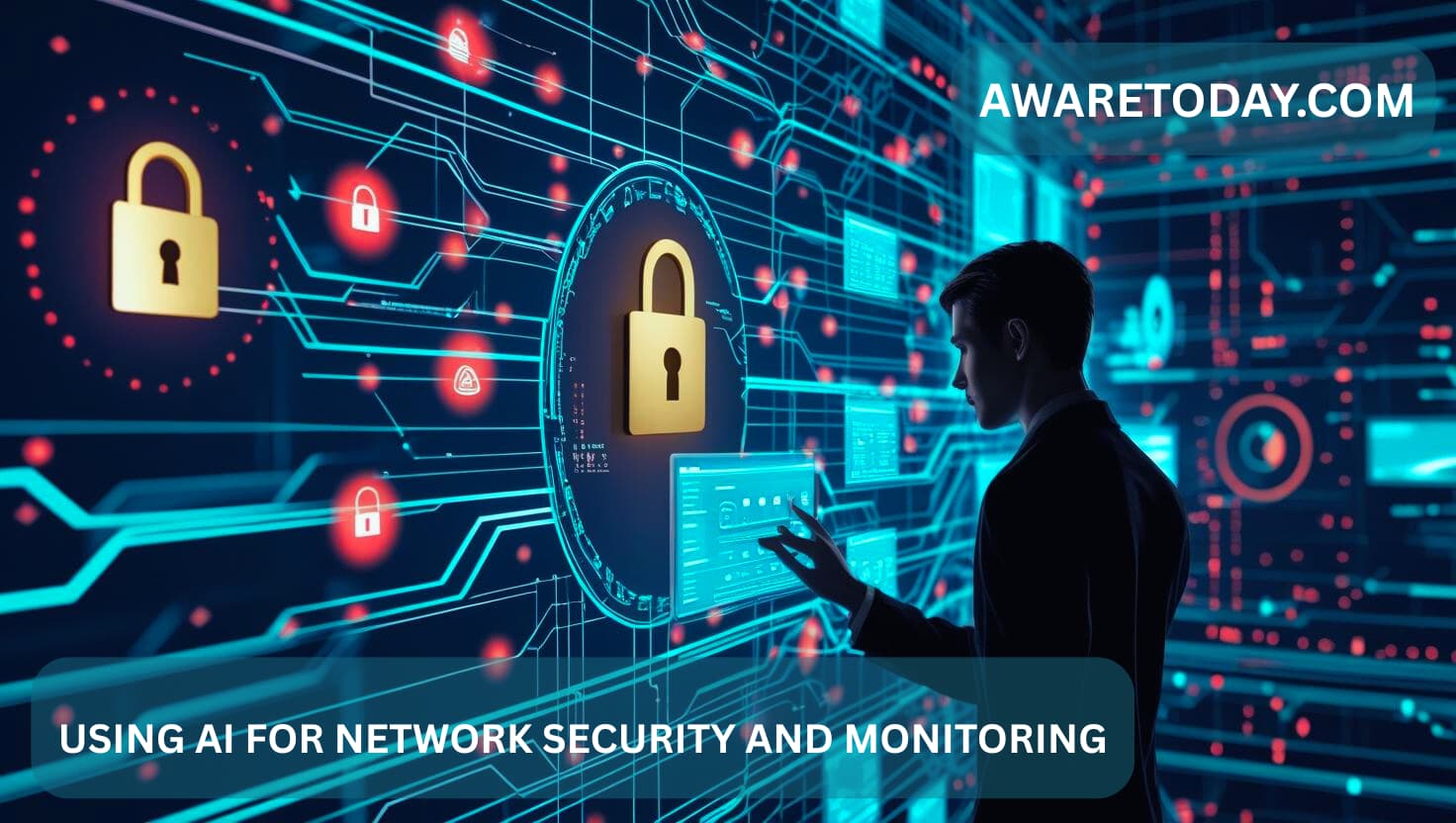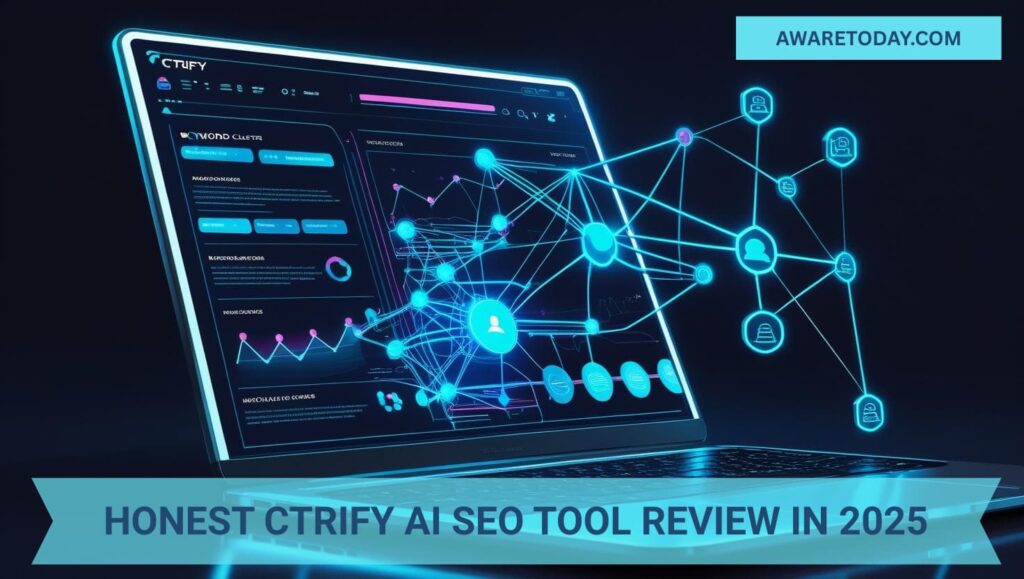Will AI keep our networks safe, or is it just another trendy term? The answer is simple. AI is already identifying threats faster than human analysis ever could. It gives responses measured in milliseconds.
The impact of security violations has been reduced across practically every sector. Global banks, like JP Morgan Chase, and regional hospitals are turning to AI for security. These businesses resolve incidents more quickly and reduce wrong detection rates. Most importantly, they experience fewer successful attacks.
AI is now a protection practice because of that immediate and tangible value.
Let’s dive into it:
The Rising Tide of Network Threats
Over the last ten years, the nature of various threats to cybersecurity has changed a lot.
Cybercriminals no longer rely on scam emails and trying passwords with force. Today, that effort is machine controlled. Botnets can scan thousands of IP addresses. It searches for exposed weaknesses at unprecedented speed.
Data-locking malware syndicates have begun running their operations like corporate entities. They even found ways to get to the problems before traditional antivirus could pick them up.
As businesses have shifted to cloud computing, remote work, and hybrid IT. As a result, more organizations now operate across borderless network structures than ever before. Gone are the days of having a clearly defined network boundary. Now, organization traffic can come from anywhere with data across many platforms.
The volume of network data has increased rapidly over the last decade. Small to mid-sized businesses are generating millions of logs to keep track of on a daily basis. This makes it impossible for even a small to mid-sized organization analyst to go through it everyday.
It also matches with suspicious behavior that is happening slowly over many hours. This is precisely where AI can come in.
Unlike human analysts, AI is capable of going through massive volumes of data. It looks for unusual changes and abnormal behavior.
It can also learn to recognize dangerous patterns of behavior as they happen. It decreases the time needed to detect an attack as well as improve the defense overall.
How AI Fits into Modern Network Monitoring
AI systems apply various combinations of ML and data-based outlier identification.
Recently, deep learning models are based on remote data measurements. These datasets are collected from all devices on a network’s framework. It might also include what users do, cloud API events, and many more sources.
By ingesting all of these data sources, primary AI systems can begin to form an understanding. It gets to understand \what is “normal” behavior. AI systems use this data for every connected device, user, or application on the network.
Once an AI system learns what normal behavior looks like, it sets that as a reference point. Then, it keeps checking for anything in the data that doesn’t match that reference point.
Old rule-based systems need manual updates to respond to changes in the OT network.
In contrast, AI-based systems learn and adapt automatically as the network evolves. They learn to adjust to traffic patterns or workflows automatically.
Key Components of an AI‑Driven Security Stack
A full AI monitoring system typically consists of three coordinated layers:
Data Collection and Normalization: Agents and sensors collect data from on-site network switches. It can also be gotten from user devices.
The raw data is cleaned and labeled for ingestion into ML pipelines.
Behavioral Analytics engine: In this layer, supervised and unsupervised models detect anomalous behavior. Some vendors apply feedback learning. This helps the models to get feedback from analyst inputs and improve.
Automated Response Coordination: When a high confidence threat evolves, playbooks enable action. They isolate hosts, revoke details and spin up investigational tools. AI handles the initial critical seconds.
Real‑World Impact: Case Studies across Industries
Financial institutions were among the earliest adopters. One European bank integrated an AI analytics engine into its SOC. It cut the time to spot a scam from twelve hours to less than fifteen minutes.
Healthcare providers face different stakes, especially patient safety. A U.S. hospital network started using AI‑driven tools to watch over connected medical devices.
Algorithms learned normal infusion‑pump traffic. It quickly caught malicious code showing before the attacker could alter drug dosages.
Mid- and small enterprises have many similar success stories. A small local retail chain uses a simple SaaS AI sensor to monitor remote store routers
The AI sensor detected numerous frauds and isolated the IP range of the offender.
Practical Steps for Adoption
For organizations considering AI in their security stack, the best plan is to start small. Then, you let it grow over time. You can start by providing visibility with limited scope.
For example, gather cloud flow, system activity records or patterns of VPN access. Then, feed that into an AI-driven monitoring tool that can run in passive mode. This will allow the teams to evaluate how effectively the AI can identify known threats. It does so without the risk of triggering unintended actions.
After developing a level of comfort, the teams use AI for their endpoint data. It can also be used for user behavior analysis. Once they develop confidence, at that point you could start introducing automated responses.
Responses like isolating low-risk endpoints, or temporary blocking of suspicious accounts. This minimal starting point will provide the teams with a way to test the actions taken on the basis of AI.
The biggest way to get a successful adoption is by getting support from leadership. The support from leadership naturally comes as soon as you can show them early successes. These early wins show the value of AI in real-time.
Challenges and Considerations
AI is undoubtedly a powerful tool in the arms of network security. It is important to be aware of its limitations. False positives are an important consideration. AI might flag normal behavior as abnormal behavior if it is not properly trained. All of this can lead to alert fatigue over time, where the analyst just ignores the notifications.
This is why emphasis was made on modern solutions and the addition of dashboards. This provides the reasoning behind a specific alert and how the AI sensed it.
Data privacy is another big issue. Generally, AI will require some type of access to sensitive logs or even packet-level data. Companies may be able to utilize on-premise AI tools or only use metadata models..
Lastly, human involvement is key. AI can identify patterns, but human professionals must verify the existence of threats. They are also responsible for actions and overseeing the entire security program
The Road Ahead: Predictive and Self‑Healing Networks
The next logical progression is truly self-healing infrastructure. It is where AI detects problems and isolates them. Auto-patching or creating new clean workloads without human involvement. Most of this style of system is still in early prototyping.
In these setups, compromised pods are automatically replaced using secure container images. Suspicious containers are also captured as snapshots and preserved for forensic investigation.
Generative AI models will also make ethical hacking speedier. Defenders will use similar models to simulate attacks and harden defenses.
Conclusion
Addressing the first question, “Is AI really improving network security?” Multiple pieces of evidence demonstrate that, in 2025, the answer is “yes”. Organizations that engaged with AI during their monitoring had a shorter detection lifecycle.
For AwareToday.com readers, the message is simple. Begin implementing AI where your detection deficits are most significant. Use narrow pilots to prove value and then iterate in a larger capability. Then, balance automation with human oversight and comply with privacy rules.
Networks are the arteries of modern business. Threats are becoming more advanced and harder to detect. Traditional defenses are no longer enough to keep up. Only intelligent and adaptive security systems can truly protect data and maintain integrity.









